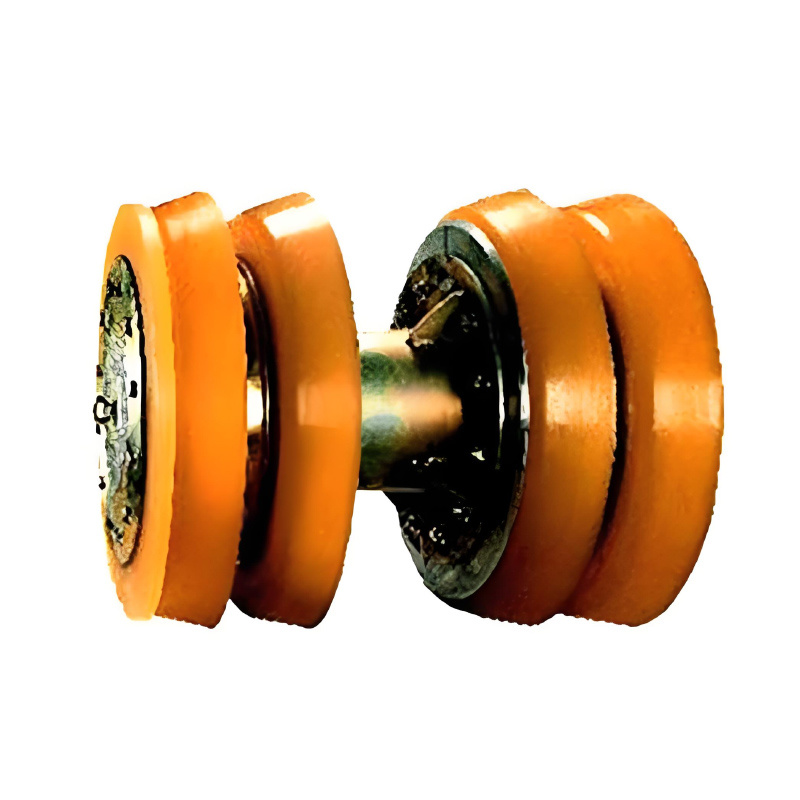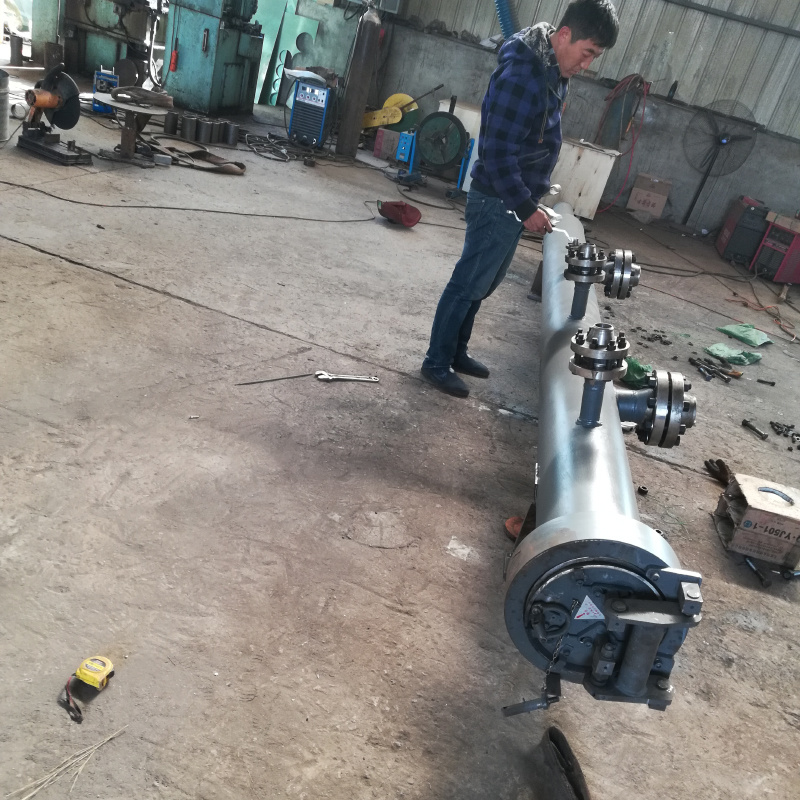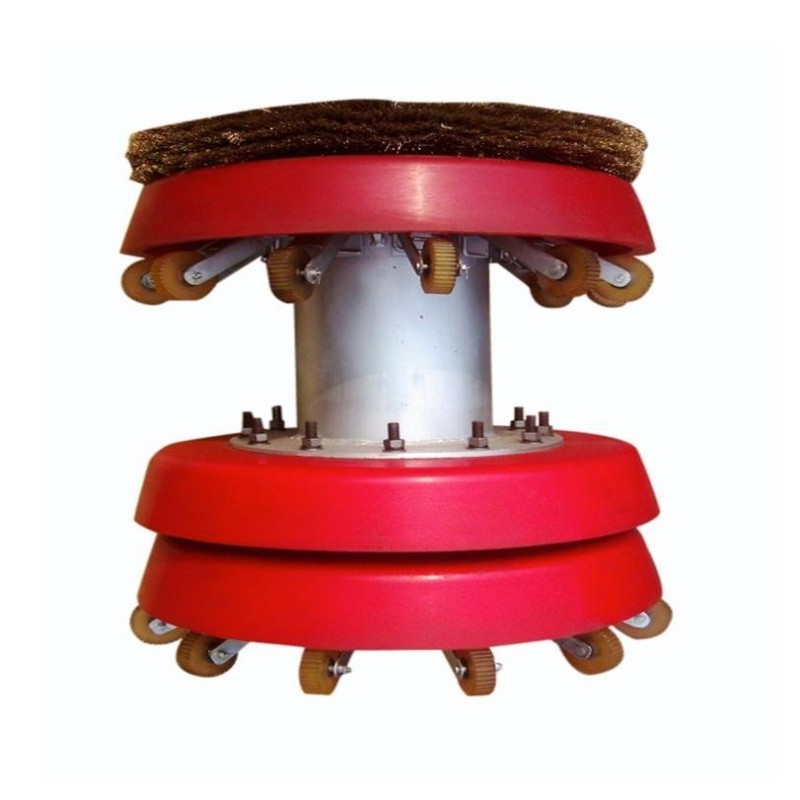Gas Pipeline Pressure Plugger: The Essential Component for Reliable Pipe Systems
Jun 25,2025

Gas Pipeline Pressure Plugger: The Essential Component for Reliable Pipe Systems
In the realm of 建筑和装饰材料, specifically within 管道系统, the importance of reliable and efficient components cannot be overstated. One such crucial component is the gas pipeline pressure plugger. This article delves into the significance of gas pipeline pressure pluggers, their functionalities, types, benefits, and maintenance practices, providing you with a comprehensive understanding of their role in enhancing pipeline systems.
Understanding Gas Pipeline Pressure Pluggers
A gas pipeline pressure plugger is a specialized device used to seal off sections of gas pipelines. It serves as a temporary closure that allows for maintenance, inspection, or any necessary repairs without the need to drain the entire system. By managing pressure and preventing gas leaks, these devices are essential for the safety and efficiency of pipeline operations.
The Functionality of Gas Pipeline Pressure Pluggers
The primary function of a gas pipeline pressure plugger is to control the flow and pressure of gas within the pipeline. When a section of the pipe requires servicing, the plugger is inserted, creating a seal that prevents the gas from escaping. This pressure management is crucial for:
- Preventing leaks: By sealing the pipeline, the plugger minimizes the risks associated with gas leaks, ensuring the safety of personnel and the environment.
- Facilitating maintenance: With the system sealed, technicians can perform necessary repairs without affecting the entire pipeline.
- Maintaining operational efficiency: By managing pressure fluctuations, the plugger helps maintain optimal operating conditions within the pipeline.
Types of Gas Pipeline Pressure Pluggers
Gas pipeline pressure pluggers come in various types, each designed for specific applications. Understanding the differences is vital for selecting the right one for your needs. The most common types include:
Mechanical Pluggers
Mechanical pluggers utilize a physical mechanism to create a seal within the pipeline. These devices are often used in high-pressure applications where reliability is paramount. They can be activated manually or remotely, making them versatile for different operational environments.
Pneumatic Pluggers
Pneumatic pluggers use compressed air to inflate a sealing element within the pipeline. This type of plugger is particularly effective in situations where rapid deployment and retraction are necessary, allowing for quick maintenance without extensive downtime.
Hydraulic Pluggers
Hydraulic pluggers operate using hydraulic pressure to create a seal. They are ideal for large-diameter pipelines and high-pressure systems. Their robust design ensures consistent performance and reliability, making them suitable for demanding applications.
Benefits of Using Gas Pipeline Pressure Pluggers
The implementation of gas pipeline pressure pluggers offers numerous advantages that contribute to the overall efficiency and safety of pipeline systems.
Enhanced Safety Measures
One of the most significant benefits of using gas pipeline pressure pluggers is the enhancement of safety measures within pipeline operations. By effectively sealing off sections of the pipeline during maintenance or emergencies, the risk of gas leaks is significantly reduced, thus protecting workers and the surrounding environment.
Cost-Effectiveness
Utilizing gas pipeline pressure pluggers can lead to substantial cost savings. By allowing maintenance teams to work on specific sections without the need for extensive system shutdowns, companies can minimize operational downtime and reduce associated costs.
Improved Operational Efficiency
Gas pipeline pressure pluggers help maintain optimal pressure levels within pipelines, contributing to improved operational efficiency. By preventing pressure fluctuations and ensuring a steady flow of gas, these devices enhance the overall performance of the pipeline system.
Installation of Gas Pipeline Pressure Pluggers
The installation of gas pipeline pressure pluggers requires careful planning and execution to ensure optimal performance. Here’s a step-by-step guide to the installation process:
Step 1: Preparation
Before installation, thorough preparation is vital. This includes assessing the pipeline system, identifying the section to be sealed, and gathering the necessary tools and equipment.
Step 2: Shut Down the System
To ensure safety, the gas pipeline system must be shut down before the installation of the plugger. This step prevents any gas flow during the installation process.
Step 3: Insert the Plugger
Once the system is secure, the plugger is carefully inserted into the designated section of the pipeline. Proper alignment is crucial to guarantee a tight seal.
Step 4: Activate the Plugger
Depending on the type of plugger, the activation process may vary. Mechanical pluggers may require manual adjustment, while pneumatic and hydraulic pluggers will need the appropriate pressure applied.
Step 5: Conduct a Pressure Test
After installation, conducting a pressure test is essential to verify that the plugger is functioning correctly and that no leaks are present. This step ensures the safety and reliability of the sealed section.
Maintenance Best Practices for Gas Pipeline Pressure Pluggers
Routine Inspections
Conducting routine inspections of the plugger and surrounding pipeline is critical. This includes checking for signs of wear, corrosion, or other potential issues that could compromise the integrity of the seal.
Cleaning Procedures
Keeping the plugger and its components clean is essential for optimal performance. Dust, dirt, and debris can hinder the functionality of the device, leading to potential failures.
Replace Worn Components
Regularly assess the condition of all components, including seals and mechanisms. Replacing worn parts promptly can prevent leaks and ensure continuous operation.
Document Maintenance Activities
Maintaining accurate records of all maintenance activities is essential for compliance and operational efficiency. Documenting inspections, repairs, and replacements can help track performance and identify trends over time.
Common Challenges and Solutions in Using Gas Pipeline Pressure Pluggers
Despite their effectiveness, users may encounter challenges when working with gas pipeline pressure pluggers. Understanding these challenges and their solutions can help ensure smooth operations.
Challenge 1: Difficulty in Insertion
In some cases, users may face difficulties during the insertion of the plugger due to misalignment or obstruction within the pipeline. Ensuring proper measurements and alignment before installation can mitigate this issue.
Challenge 2: Pressure Fluctuations
Pressure fluctuations can occur if the plugger is not properly activated or if there are issues with the pipeline. Regular maintenance and inspections can help identify potential problems before they escalate.
Challenge 3: Sealing Failures
Sealing failures can lead to gas leaks, which pose significant risks. Using high-quality pluggers and conducting thorough inspections can reduce the chances of sealing failures.
Frequently Asked Questions (FAQs)
1. What is the primary function of a gas pipeline pressure plugger?
The primary function of a gas pipeline pressure plugger is to seal off sections of a gas pipeline to prevent leaks and facilitate maintenance without shutting down the entire system.
2. How do I choose the right type of gas pipeline pressure plugger for my needs?
Choosing the right plugger depends on factors such as pipeline diameter, pressure requirements, and the specific application. Consulting with a professional can help ensure the right choice.
3. How often should I perform maintenance on gas pipeline pressure pluggers?
Routine inspections should be conducted regularly, ideally every few months, to ensure the integrity and functionality of the pluggers.
4. Can gas pipeline pressure pluggers be reused?
Many gas pipeline pressure pluggers are designed for reuse, though their condition must be assessed before reinstallation to ensure safety and performance.
5. What safety measures should be taken during the installation of a gas pipeline pressure plugger?
Essential safety measures include shutting down the system, wearing appropriate safety gear, and conducting thorough inspections before and after installation.
Conclusion
Gas pipeline pressure pluggers are indispensable components within pipe systems, playing a vital role in ensuring safety, efficiency, and reliability. By understanding their functionality, types, benefits, and maintenance requirements, businesses can leverage these devices to enhance their gas pipeline operations significantly. As the industry continues to evolve, the importance of adopting reliable technologies like gas pipeline pressure pluggers will only grow, paving the way for safer and more efficient gas transportation systems.









